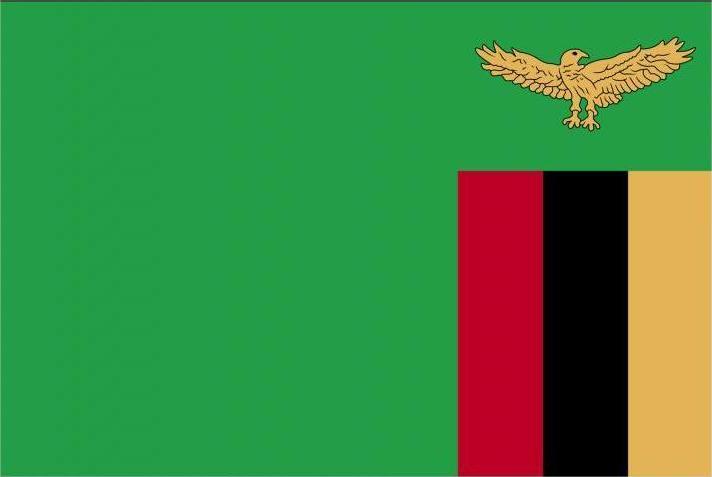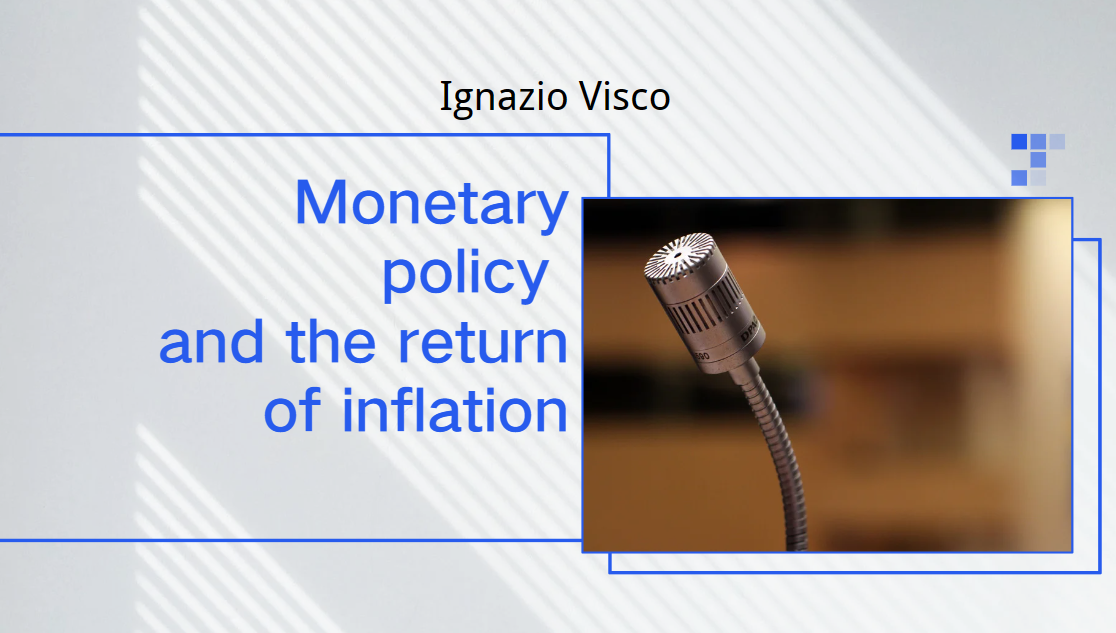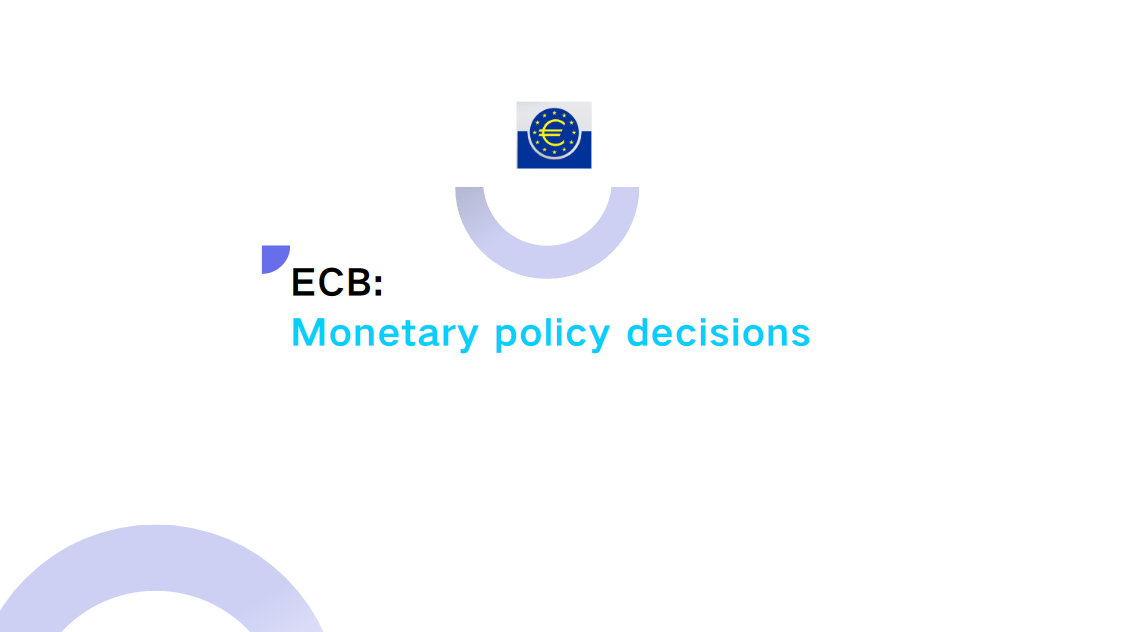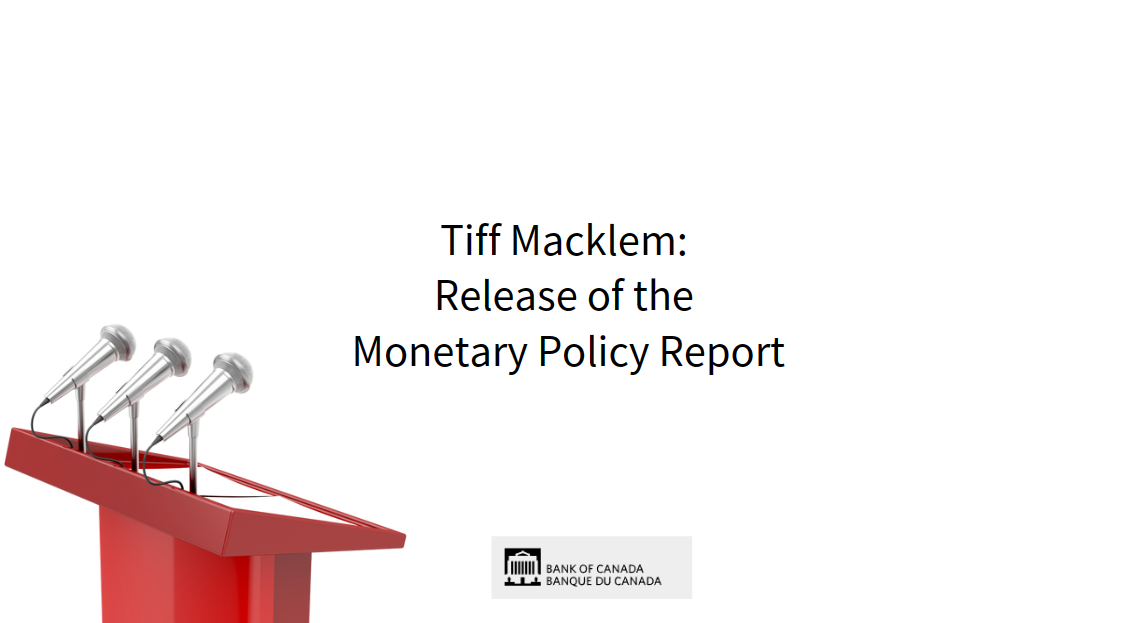Monetary Policy Committee Statement February 2023
The Monetary Policy Committee, at its February 13-14,2023 Meeting,decided to raise the Monetary Policy Rate by 25 basis points to 9.25 percent. The decision was underpinned by the projection that inflation will increase and remain above the target range over the forecast horizon'.
Inflation declined, but pressures build up
Inflation continued to decline in the fourth quarter of 2022,albeit at a slower pace. Average overall inflation fell to 9.8 percent from 9.9 percent in the third quarter² . The decline arose from non-food inflation, which reduced to 6.8 percent from 7.4 percent, largely due to the lagged pass-through from the appreciation of the Kwacha against the US dollar. Nonetheless. food inflation increased to 12.1 percent from 11.8 percent, mainly driven by higher prices of bread and cereals.
In January 2023, inflation declined further to 9.4 percent from 9.9 percent in December 2022.This follows the dissipation of base effects across a number of items in the Consumer Price Index basket.
However, over the forecast horizon, inflation is projected to increase and remain above the 6-8 percent target range. This is in sharp contrast to the earlier projection in November 2022 that showed that inflation would return to the target range in the first quarter of 2024.Inflation is now projected to average 11.1 percent in 2023 compared to the November 2022 forecast of 8.5 percent. In 2024,inflation is forecast to average 10.1 percent³ . The factors underlying the forecast include the recent rapid depreciation of the Kwacha against the US dollar, the anticipated increase in electricity tariffs to cost reflective levels, and the possible reduction in maize production due to, among other factors, adverse weather conditions and crop infestation by Fall Armyworms. Further, the continued tightening in global financial conditions and negative sentiments arising from the protracted debt restructuring negotiations (and more so the uncertainty over the treatment of the non-resident holders of Government securities (NRHoGS)), working through the exchange rate channel, are projected to add to elevated inflationary pressures. As a matter of fact, some effects of the uncertainty surrounding the issue of NRHoGS are already being felt on the local currency. The foregoing factors remain potential upside risks to the inflation outlook.
Pressure on the Kwacha to add to inflation
After a cumulative appreciation of 10.0 percent in the previous two quarters, the Kwacha depreciated by 4.3 percent against the US dollar to an average of K16.71 in the fourth quarter of 2022. The depreciating trend in the Kwacha has persisted in 2023, with the Kwacha trading at K19.33 per US dollar as at February 14.Low foreign exchange supply, particularly from the mining sector,amidst high demand by market players for various purposes, including critical imports of fuel, medicines, and agricultural inputs, are among the key drivers of the depreciation. In addition, foreign financial institutions, that had typically been suppliers of foreign exchange, are now more pronounced on the demand side as they are divesting from the domestic market. This is principally due to tighter global financial conditions, negative sentiments associated with the protracted debt restructuring negotiations and uncertainty around the treatment of non-resident holders of Government securities.
In an effort to stabilise the foreign exchange market, the Bank augmented its support and provided US$443.5 million, largely from mining tax receipts, compared to the provision of US$333.5 million in the third quarter. However, gross international reserves held steady at US$3.1 billion, while import cover increased to 3.8 months at end-December 2022 from 3.5 months at end- September 2022. The improvement in import cover followed the downward revision of prospective imports⁴ .
On February 1,2023⁵,the Bank raised the statutory reserve ratio on commercial banks' deposit liabilities by 2.5 percentage points to 11.5 percent as an additional measure to minimise exchange rate volatility. The assessment is that, if left unchecked, the current depreciation of the exchange rate has far reaching effects on inflation and overall macroeconomic stability.
Current account surplus declines sharply
The current account, which had recently been robust,has now weakened, with adverse implications on the foreign exchange market. Preliminary data indicate a sharp decline in the current account surplus to US$18.3 million in the fourth quarter of 2022 from US$245.0 million⁶ in the previous quarter. This was largely driven by a significant reduction in net merchandise exports and an expansion in the services account deficit.Exports fell by 6.2 percent to US$2.7 billion owing to lower copper and gold earnings as realised prices fell. Imports, on the other hand. grew by 4.8 percent to US$2.2 billion, mainly driven by an increase in intermediate and capital goods, mostly fertilisers,machinery, and equipment.
Credit and money supply grow while lending interest rates remain sticky and economic activity
In December 2022,domestic credit growth more than doubled to 18.7 percent, year-on-year, with 10.1 percentage points accounted for by the private sector. The expansion in private sector lending also contributed to stronger growth in money supply, which grew by 24.5 percent in December from 13.3 percent in September. On the other hand, lending rates remained sticky at 25.0 percent.
Economic activity is assessed to have moderated in the fourth quarter according to the February 2023 Bank of Zambia Survey of Business Opinions and Expectations and the Stanbic Bank Zambid PMIL . However, in the medium-term, domestic growth prospects are optimistic, underpinned by the anticipated recovery in the mining, agriculture,and construction sectors. In addition,the financial and insurance,information and communications, wholesale and retail trade sectors will continue to support growth.
The Committee is cognisant of the implications of the upward adjustment in the Policy Rate and the recent increase in the statutory reserve ratio on credit and money supply growth, lending rates, and economic activity. However,the Committee had to strike a delicate balance between taking and not taking these measures. Taking these measures was deemed necessary as not doing so would amplify the adverse impact of the current depreciation of the exchange rate on inflation and in turn negatively affect the aforementioned variables and macroeconomic stability in general.
Fiscal reform continue
Preliminary data indicate a further reduction in the cash fiscal deficit in 2022 to 8.1 percent of GDP from 9.0 percent in 2021. The deficit is projected to continue on a declining trend over the 2023-2025 period, due to expected improvement in revenue performance,improved fiscal management underpinned by expedited external debt resolution, and essential structural reforms, particularly in the energy,agriculture, health, and education sectors. The measures taken by the Bank will contribute to the achievement of fiscal sustainability, which is critically important to macroeconomic stability.
Monetary Policy Committee Decision
The Monetary Policy Committee, at its February 13- 14, 2023 Meeting, decided to raise the Monetary Policy Rate by 25 basis points to 9.25 percent. The decision was underpinned by the projection that inflation will remain above the 6-8 percent target range. This is in sharp contrast to the November 2022 projection that showed that inflation would return to the target range in the first quarter of 2024. The underlying factors in the current projection include:the recent rapid depreciation of the Kwacha against the US dollar; the anticipated increase in electricity tariffs to cost reflective levels; the possible reduction in maize production; continued tightening in global financial conditions; and negative sentiments arising from the protracted debt restructuring negotiations and uncertainty over how Government securities held by non-residents will be treated.
In arriving at this decision, the Committee took account of the overall impact of the recent increase in the statutory reserves ratio to mitigate volatility in the foreign exchange market. The Committee also took into account the moderation in vulnerabilities in the financial sector, positive growth prospects in the medium term, and progress made in the implementation of the much needed fiscal reforms for macroeconomic stability and sustainable growth.
Further, the Committee reaffirms its call for continued effective implementation of fundamental structural reforms, including diversification of the export base, and adoption of climate change mitigation measures supportive of a stable exchange rate necessary to achieve low and stable inflation.
Decisions on the Policy Rate will continue to be guided by inflation forecasts, outcomes, and identified risks, including those associated with financial stability and debt restructuring.
The next MPC Meeting will take place on May 15 and 16.2023.























































First, please LoginComment After ~